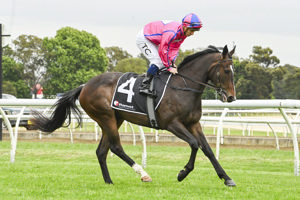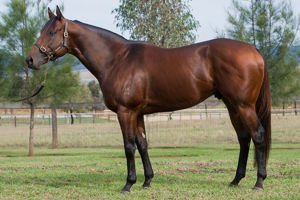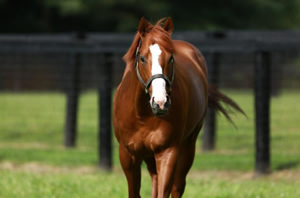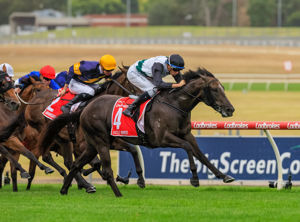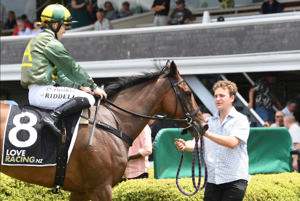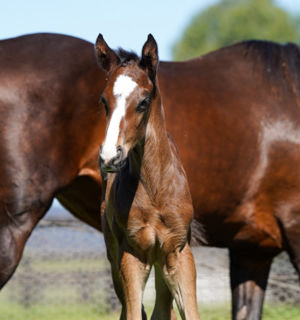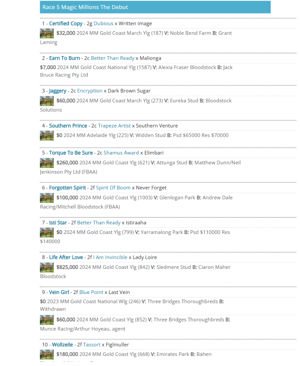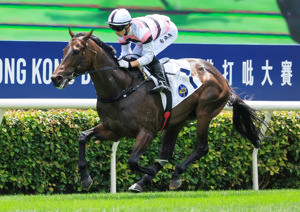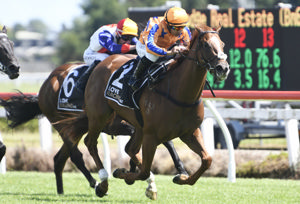Five new records were set at Randwick last Saturday but it is only the tip of the iceberg in what has been an extraordinary few months of clock-shattering times.

Since May, more than 40 track records have been broken at New South Wales race courses, an astonishing statistic considering the majority of that period is described as ‘off-season’.
And in the past five weeks of metropolitan racing in Sydney, 21 races (almost half of the conducted races) have broken track, class or race records.
Between August 8 and September 16 new track records were established for the 1100m, 1200m, and 1300m courses at Randwick as well as the 1300m at Rosehill.
Yes, Sydney is in the midst of one of the driest spells in more than a century but the rate in which these records are tumbling has been intriguing to say the least.
It is a bizarre scenario when only last autumn, Sydney was subject to a deluge of rain that had trainers, jockeys, and owners alike at their wits’ end. In the space of two carnivals, Sydney has experienced both extremes of weather.
Looking at last Saturday at Randwick, some of the race records broken were more than 20 years old while the Epsom Handicap was only 0.04 outside a 13-year old track record.
When the Epsom pace-setter Red Excitement had his head buried in his forequarters and the jockey holding on a tight rein, you could be forgiven for thinking no records were going to be broken but the finishing time was 0.14 seconds faster than the previous race record held in 1996 by Filante.
Then in the last race, a benchmark 90, the class record was smashed by 1.27 seconds and yet the first three across the line settled first, second, and third in the run.
So are the tracks potentially too firm?
Australian Turf Club General Manager of Tracks Lindsay Murphy maintains that the good (3) rating advertised in recent meetings has been a true reflection of the track condition – stating that "horses will not break records unless they are comfortable in the ground.”
"There’s no direct correlation between the firmer the track, the faster horses will run,” Murphy said.
"People get that perception but I can tell you that we’ve never watered Randwick so much at this time of year – there is still natural cushion.”
Some of Sydney’s trainers have welcomed racing on consistently good tracks, as it is believed to reduce the risk of horses breaking down, while others would prefer a good (4) rating to be adopted as the ideal racing surface.
According to the good (4) advocates, a firm track can be just as detrimental to a horse’s ability to fully extend on a heavy track.
There is the common ailment of horses ‘jarring up’ after racing on a firm surface, but the counterargument is that jarring up is just an excuse used for fundamentally unsound horses.
April 2015 marked the launch of the Longines positioning system at Randwick and it has since been implemented at several other venues across New South Wales but as innovative as the technology is, it has ostensibly complicated comparing records of the past.
As times are now such a crucial aspect of modern day formguides, how much credence can we give them if records continue to fall at the current rate?

